
通过式喷淋清洗机清洗效果评估方法
作者:创始人来源:http://www.jnthcsb.com/时间:2025-07-16
通过式喷淋清洗机的清洗效果评估需结合工件实际状态、工艺要求及设备性能,通过多维度检测与分析,判断清洗是否达到预期标准,为优化清洗参数提供依据。
The evaluation of the cleaning effect of the spray cleaning machine should be based on the actual condition of the workpiece, process requirements, and equipment performance. Through multidimensional detection and analysis, it is necessary to determine whether the cleaning meets the expected standards and provide a basis for optimizing cleaning parameters.
外观与表面清洁度检查是最直接的评估方式。取出清洗后的工件,首先通过肉眼观察其表面状态,合格的清洗效果应无明显可见的油污、铁屑、灰尘等污渍,工件表面色泽均匀,无清洗剂残留形成的水痕、白霜。对于有凹槽、缝隙、盲孔的工件,需借助手电筒或放大镜检查这些易藏污纳垢的部位,确保无污渍堆积 —— 例如齿轮的齿间、轴承的内圈凹槽,需用手指触摸感受是否光滑,无黏腻感或颗粒状杂质。对于金属工件,清洗后表面不应出现锈蚀、斑点(若因材质特性或清洗液不当导致锈蚀,需判定为清洗不合格);塑料工件则需检查是否有表面损伤、变色等情况,避免因清洗过程中的高压或化学作用造成工件损坏。
Appearance and surface cleanliness inspection are the most direct evaluation methods. After removing the cleaned workpiece, first observe its surface condition with the naked eye. A qualified cleaning effect should have no obvious visible oil stains, iron filings, dust, or other stains. The surface color of the workpiece should be uniform, and there should be no water marks or white frost formed by residual cleaning agents. For workpieces with grooves, gaps, and blind holes, it is necessary to use a flashlight or magnifying glass to inspect these areas that are prone to dirt and grime accumulation, ensuring that there is no accumulation of stains - such as the grooves between the teeth of gears and the inner ring of bearings, which need to be touched with fingers to feel whether they are smooth, free of stickiness or granular impurities. For metal workpieces, there should be no rust or spots on the surface after cleaning (if rust is caused by material characteristics or improper cleaning solution, it should be judged as unqualified cleaning); Plastic workpieces need to be inspected for surface damage, discoloration, and other conditions to avoid damage caused by high pressure or chemical reactions during the cleaning process.
污渍残留量的量化检测提升评估精准度。对于油污类污渍,可采用擦拭法:用干净的白色纱布(或专用检测试纸)蘸取少量无水乙醇,轻轻擦拭工件表面(选取 10×10 厘米的标准区域),若纱布上无明显油渍、颜色无变化,说明油污残留达标;若纱布出现明显油污痕迹,则需通过称重法进一步检测(清洗前后纱布的重量差即为油污残留量),通常要求每平方米工件表面的油污残留量不超过 5 毫克。对于颗粒状杂质,可使用胶带粘贴法:将透明胶带均匀粘贴在工件表面,撕下后通过显微镜观察胶带上的颗粒数量,粒径大于 50 微米的颗粒应少于 3 个 / 平方厘米,确保工件表面的洁净度满足后续加工(如喷涂、装配)的要求。
Quantitative detection of residual stains enhances the accuracy of evaluation. For oil stains, wiping method can be used: dip a small amount of anhydrous ethanol in a clean white gauze (or specialized testing paper), gently wipe the surface of the workpiece (select a standard area of 10 × 10 cm). If there is no obvious oil stain on the gauze and the color has not changed, it indicates that the oil residue meets the standard; If there are obvious oil stains on the gauze, it needs to be further tested by weighing method (the difference in weight of the gauze before and after cleaning is the amount of oil residue), usually requiring that the amount of oil residue on the surface of the workpiece does not exceed 5 milligrams per square meter. For granular impurities, the tape sticking method can be used: evenly stick the transparent tape on the surface of the workpiece, tear it off, and observe the number of particles on the tape under a microscope. The number of particles with a diameter greater than 50 microns should be less than 3 per square centimeter to ensure that the cleanliness of the workpiece surface meets the requirements for subsequent processing (such as spraying and assembly).
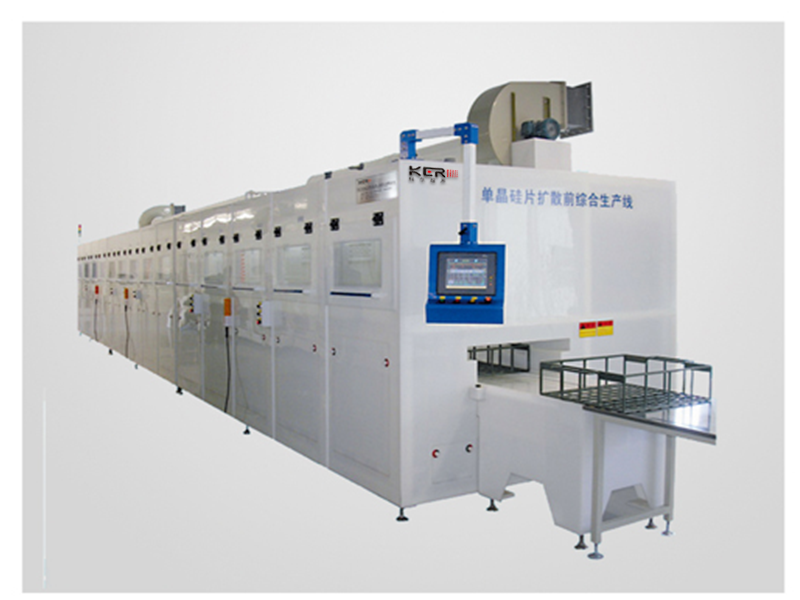
功能性能验证反映清洗对工件的实际影响。对于精密部件(如液压阀、传感器),清洗后需进行功能测试,检查其运动灵活性、密封性是否正常 —— 例如阀门需手动操作数次,观察是否有卡滞现象;密封件需进行压力测试,确保无泄漏,若因残留杂质导致功能异常,说明清洗效果未达标。对于需后续焊接、粘接的工件,清洗效果需满足工艺要求:焊接前的工件表面若有油污残留,会导致焊接不牢固、出现气孔;粘接前的工件若有杂质,会影响胶水的附着强度,可通过模拟焊接、粘接试验,检测工件的结合性能,判断清洗是否到位。
Functional performance verification reflects the actual impact of cleaning on the workpiece. For precision components such as hydraulic valves and sensors, functional testing is required after cleaning to check their flexibility of movement and whether their sealing is normal - for example, valves need to be manually operated several times to observe whether there is any jamming phenomenon; Seals need to undergo pressure testing to ensure no leakage. If functional abnormalities are caused by residual impurities, it indicates that the cleaning effect has not met the standard. For workpieces that require subsequent welding and bonding, the cleaning effect must meet the process requirements: if there is oil residue on the surface of the workpiece before welding, it will cause weak welding and the appearance of pores; If there are impurities in the workpiece before bonding, it will affect the adhesion strength of the glue. The bonding performance of the workpiece can be tested through simulated welding and bonding tests to determine whether the cleaning is in place.
清洗一致性与稳定性评估不可或缺。在批量清洗的工件中,随机抽取 10%-20% 的样本进行检测(样本量不少于 5 件),若所有样本的清洁度均达到标准,说明清洗过程稳定;若出现部分样本达标、部分样本不合格的情况,需分析是否因输送带速度不均、喷嘴堵塞导致喷淋不均匀,或工件摆放角度不一致影响清洗效果。连续多批次清洗时,需对比不同批次工件的清洁度,若某批次突然出现清洗质量下降,可能是清洗液浓度不足、喷淋压力异常等原因导致,需及时排查设备参数。
Consistency and stability assessment of cleaning are indispensable. Randomly select 10% -20% of the samples from the batch cleaned workpieces for testing (with a sample size of no less than 5 pieces). If the cleanliness of all samples meets the standard, it indicates that the cleaning process is stable; If there are some samples that meet the standard and some samples that do not meet the standard, it is necessary to analyze whether the uneven spraying is caused by uneven conveyor belt speed, nozzle blockage, or inconsistent workpiece placement angle, which affects the cleaning effect. When cleaning multiple batches in a row, it is necessary to compare the cleanliness of different batches of workpieces. If a batch suddenly experiences a decrease in cleaning quality, it may be due to insufficient concentration of cleaning solution, abnormal spray pressure, and other reasons. It is necessary to promptly investigate the equipment parameters.
清洗后的锈蚀与腐蚀风险评估需长期跟踪。将清洗合格的工件按正常存储条件放置(如室温、通风环境),24 小时后再次检查表面状态,金属工件应无新增锈蚀,说明清洗液的中和、防锈效果达标(若清洗后未进行防锈处理,需根据工件材质的锈蚀敏感性评估)。对于使用腐蚀性较强的清洗液的场景,需通过盐雾试验(针对金属工件)进一步验证:将清洗后的工件放入盐雾试验箱,按规定时间(通常 24 小时)测试后,观察表面锈蚀程度,若锈蚀面积超过 5%,说明清洗过程可能对工件造成潜在腐蚀风险,需调整清洗液配方或工艺参数。
The rust and corrosion risk assessment after cleaning need to be tracked for a long time. Place the cleaned and qualified workpieces under normal storage conditions (such as room temperature and ventilation environment), and check the surface condition again after 24 hours. The metal workpieces should have no new rust, indicating that the neutralization and rust prevention effects of the cleaning solution meet the standards (if rust prevention treatment is not carried out after cleaning, it needs to be evaluated based on the corrosion sensitivity of the workpiece material). For scenarios where highly corrosive cleaning solutions are used, further verification is required through salt spray testing (for metal workpieces): place the cleaned workpiece in a salt spray test chamber, test for a specified time (usually 24 hours), and observe the degree of surface corrosion. If the corrosion area exceeds 5%, it indicates that the cleaning process may pose a potential corrosion risk to the workpiece, and the cleaning solution formula or process parameters need to be adjusted.
本文由通过式喷淋清洗机友情奉献.更多有关的知识请点击:http://www.jnthcsb.com我们将会对您提出的疑问进行详细的解答,欢迎您登录网站留言.
This article is a friendly contribution from CNC high-pressure cleaning machine For more information, please click: http://www.jnthcsb.com We will provide detailed answers to your questions. You are welcome to log in to our website and leave a message
推荐文章
 公司:济南科尔超声波设备有限公司
公司:济南科尔超声波设备有限公司  热线:18663767799
热线:18663767799 地址:山东省济南市济阳区创业路与启航街交叉口南40米
地址:山东省济南市济阳区创业路与启航街交叉口南40米




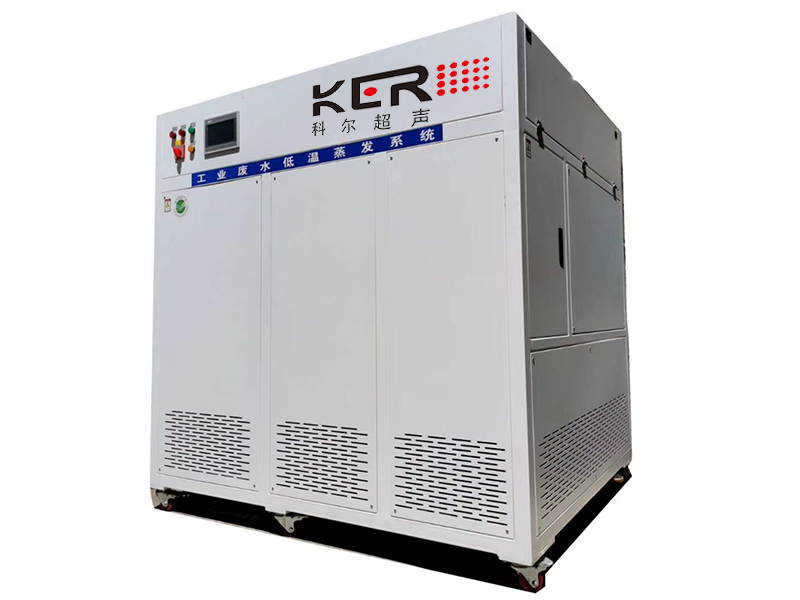
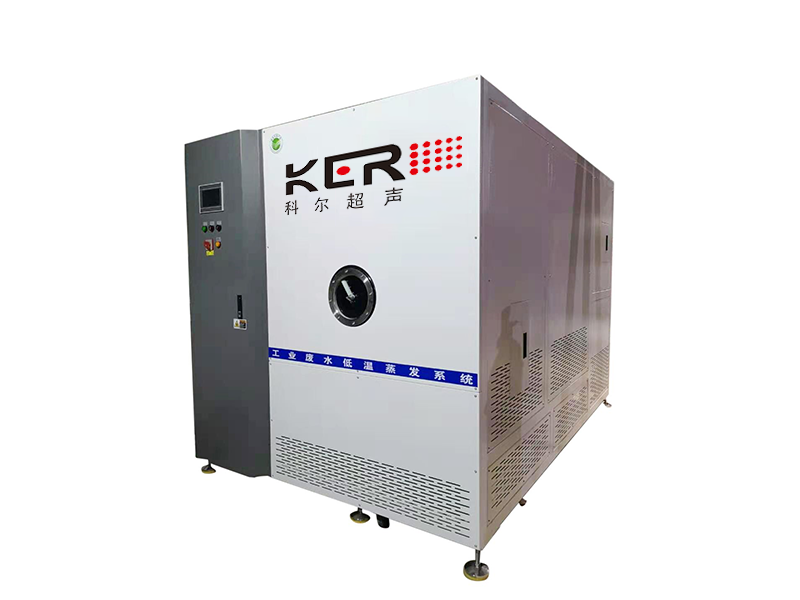
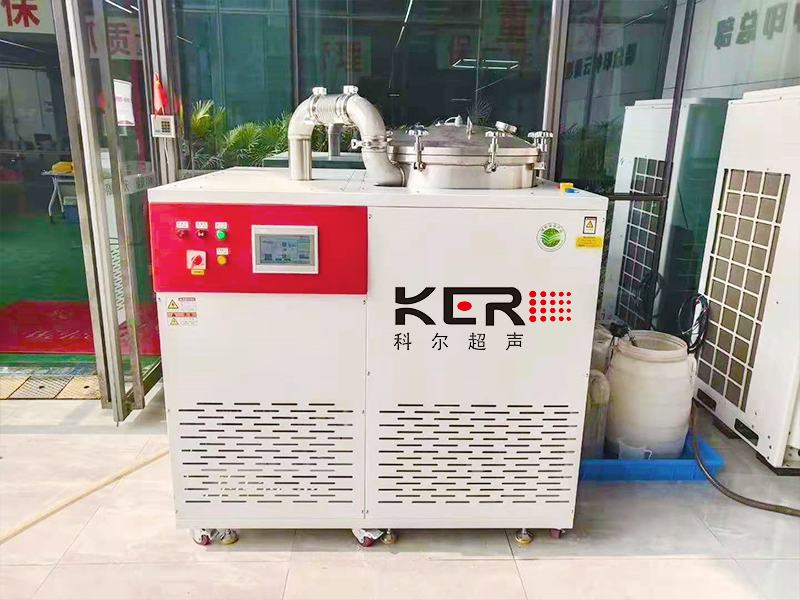
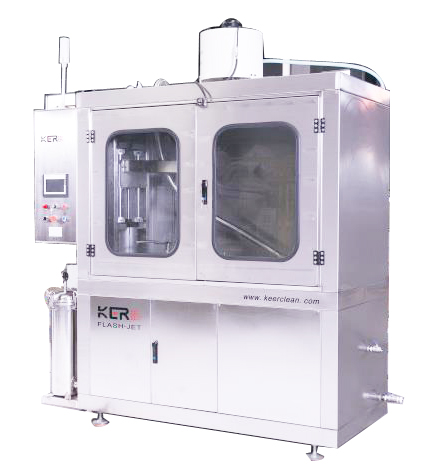
 新闻资讯
新闻资讯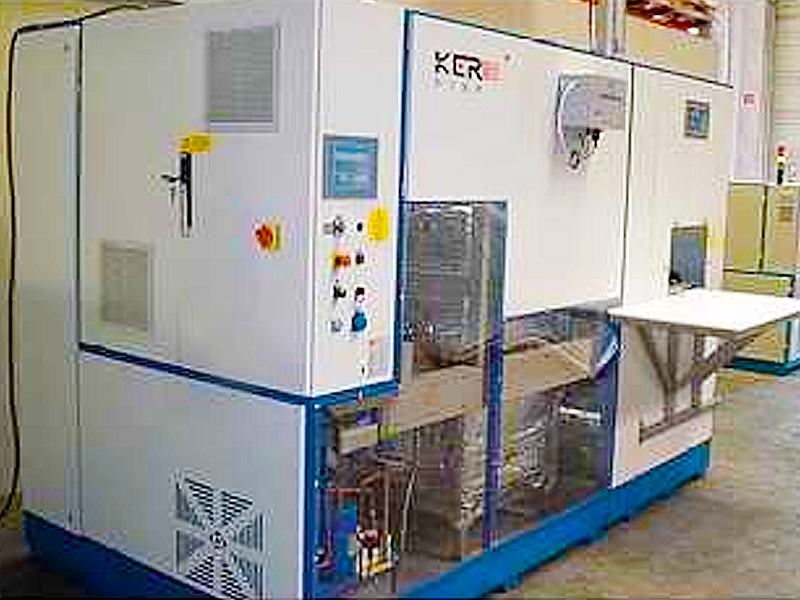
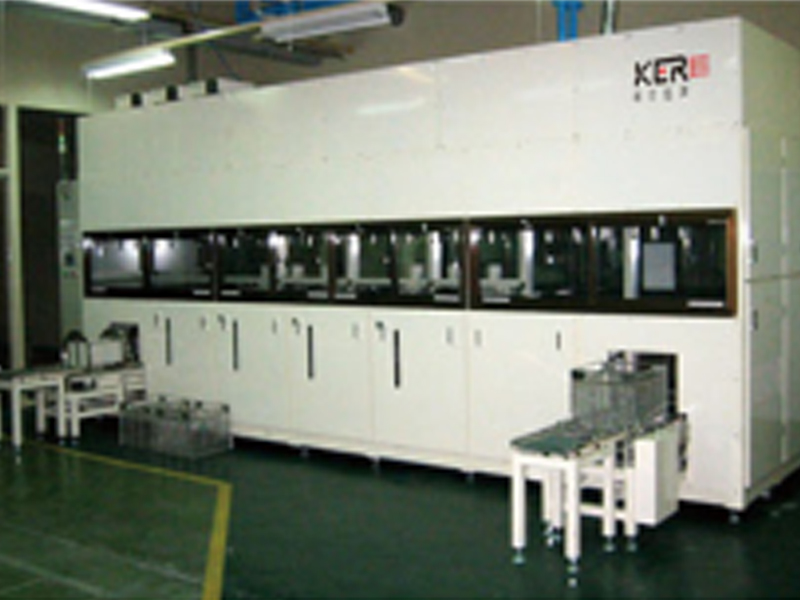
 联系我们
联系我们
 咨询电话:18663767799
咨询电话:18663767799 E-MAIL:jnkergs@163.com
E-MAIL:jnkergs@163.com 地址:山东省济南市济阳区创业路与启航街交叉口南40米
地址:山东省济南市济阳区创业路与启航街交叉口南40米 鲁公网安备 37011202001385号
鲁公网安备 37011202001385号
